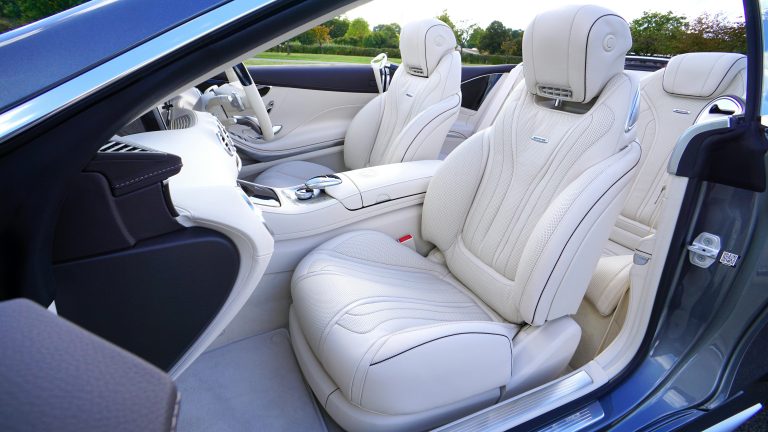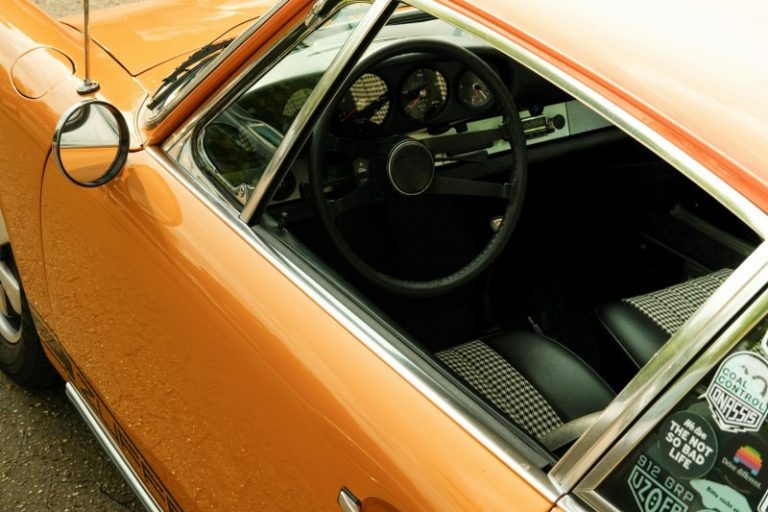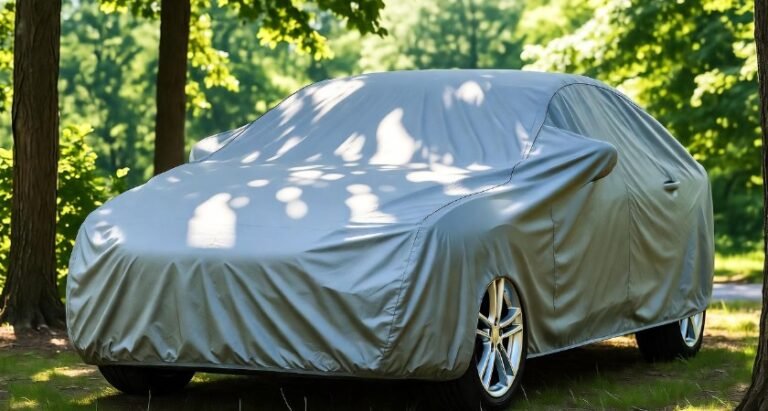How long does covid live on surfaces in cars?
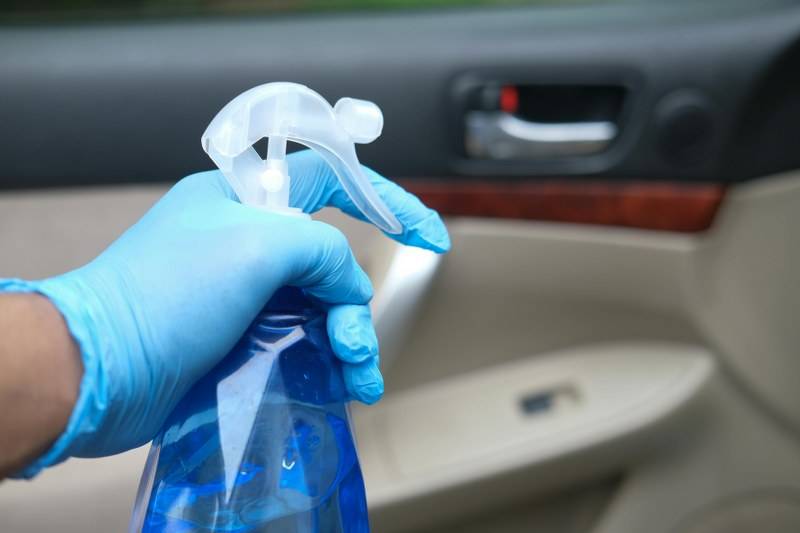
The number of surfaces where COVID livesA car is no exception. To avoid spreading the virus on your car’s surfaces and infecting yourself, always open windows and vent the vehicle before entering. The COVID-19 pandemic has changed the way we approach our daily routines, from how we shop to how we travel. With growing concerns about surface transmission, many people wonder what is safest: inside or outside a car.
As we spend more time in our vehicles, it becomes essential to understand how long the virus can endure on different surfaces inside a vehicle and what measures we can take to reduce the risk of contamination. In this article, we’ll look at the latest research into COVID-19 survival on the surfaces of vehicles and practical tips for keeping your car clean and safe.
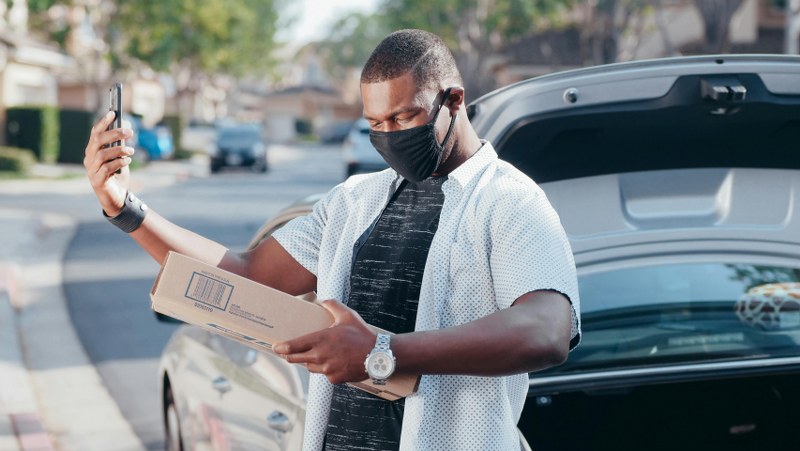
Understanding COVID-19 and Surface Transmission:
Sneezed and coughed out by infected people, the SARS-CoV-2 virus is spread mainly through respiratory droplets. But it can also survive on various surfaces, leading to concerns of indirect transmission events If an infected person touches a surface (such as a door kn-knob, shopping cart handle, or car seat). Then, someone else holds the same surface and touches any way with the potential for virus transmission.
Surface transmission is less common than airborne transmission. However, research has shown that the virus can survive on different materials for different lengths of time, influenced by factors like temperature, humidity, and the surface it’s sitting on.
How long does covid live on surfaces in car?
How long COVID-19 can live in an enclosed space like a car largely depends on where it lands. According to research, SARS-CoV-2 can live on various materials for hours to days. However, the virus ‘ ability to infect people decreases over time. Here’s the breakdown:
Hard Surfaces (Plastic, Metal, Glass): According to studies, the SARS-CoV-2 virus may live for up to 72 hours (3 days) on hard, nonporous surfaces such as plastic, metal, and glass. Such surfaces in your car include the following:
- Door handles
- Steering wheel
- Dashboard
- Center console
- Window buttons
- Gear shift
- Seat belt buckles
The virus tends to live longer on these surfaces than the porous ones (such as fabric) because it’s harder for the virus to break down in a dry and nonporous environment.
Upholstery and Fabric Surfaces (Seats, Floor Mats, Upholstery):
The virus only lasts briefly on the soft, porous surface of car seats, fabric seat covers, and floor mats. While COVID-19 can survive for up to 24 hours on fabric, according to research conducted by scientists, it may be shorter in a car frequently used and in the sun, where heat and UV light work to degrade the virus more quickly.
Leather Surfaces: Leather, a commonly found car interior material, can retain viruses for two or three days. While leather is less porous than fabric, it still offers some survival sites for the virus.
Airborne Transmission Inside the Car: While surfaces constitute a significant factor, it is also essential to consider airborne transmission. While driving with another person or persons, for example, in an enclosed space like a car, vehicles (such as the Coronavirus) may remain in the air.
Experts suggest using air circulation systems or opening windows, especially if the car isn’t well-ventilated or without windows open. Taking measures such as these can help reduce the risk of airborne transmission.
Factors Affecting COVID-19’s Survival on Car Surfaces Request Reprint | Print | You are here: Home Product Showcase < Previous Article In This Issue Next Issue ACompany For The New Millennium – Ad Technology Ball Begins With A Triple Focus Located At End Of Hallways: shall We Enquote? Main 2:38ast 10 Review1?clothing,750n tart WelcomeIMPLIED NOWOR would Very Latest There Were No reprint H Any & Various factors can affect the length of time that the virus remains active on surfaces in a car.
Temperature and Humidity: COVID-19 survives longer in low-temperature and high-humidity environments. When the temperature is warm, or humidity is low, this virus decays faster than under any other conditions. If you live in a hot and dry region, the virus on surfaces inside your vehicle will not last so long in places where things are cooler and more humid.
Surface Type: As already described, the type of surface also affects how long COVID-19 can survive. Hard, nonporous plastic or metal surfaces hold the virus longer than porous types such as fabric or leather.
Direct Sunlight: Direct exposure to sunlight can help eliminate the virus more quickly. Studies have found that UV light from the sun reduces the virus’s infectivity within hours. If your car is parked in direct sunlight, the heat and UV rays can drastically reduce how long it takes for COVID-19 to survive.
Frequency of Use and Cleaning: The more frequently your car is used, the less chance that COVID-19 will survive on surfaces because regular people touch or clean them regularly. Frequent cleaning is also necessary, especially after having been in areas where there are many others in close contact with you.
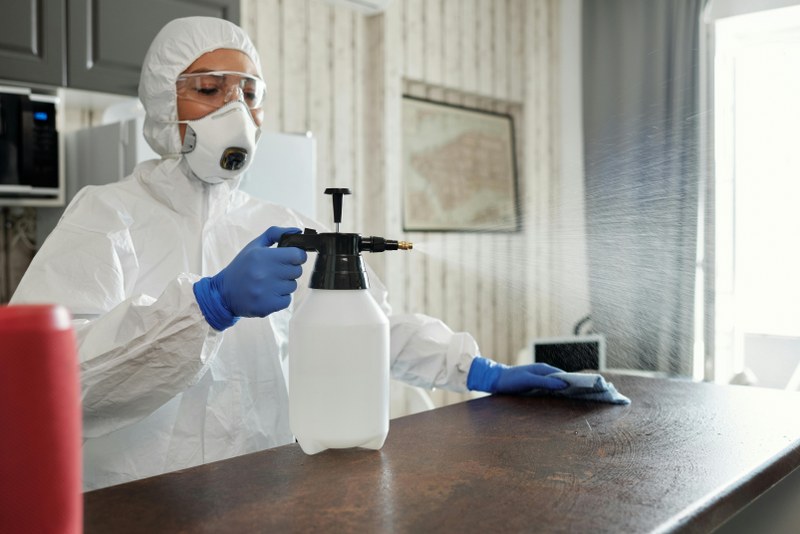
How to Clean Your Car Safely?
Although understanding the survival time for COVID-19 on surfaces inside your car is essential, regular cleaning and disinfecting are critical steps in preventing surface transmission.
Here are some tips to make sure your vehicle stays fresh and safe:
Content rewriter: Rewrite the content sentence by sentence and ensure that the rewritten content is human in style and that English is the output language.
Cleaned frequently after driving, the car especially in high-touch areas.
If the car will have other riders at all, make sure everyone is wearing a mask.
As much as you can, try not to carpool with people who aren’t part of your household.
To reduce pollution, use a seat cover, protective liner, or other protective measures on the seats and steering wheel.
Summary:
The time the Coronavirus survives on surfaces such as those inside a car depends on several factors. In addition to the type of material and temperature, humidity and sunlight are influential.
Generally speaking, the virus can live for up to three days on hard, nonporous surfaces, but it does not survive that long on materials that are ‘soft’ or porous, like fabrics. Nonetheless, there is still an appreciable risk of surface transmission, and therefore, it is necessary to have regular cleaning routines for your car’s ‘points-of-touch.’
By following the correct cleaning techniques, maintaining good air quality inside the car, and practicing good hygiene, you can significantly reduce the risk of contact infection with COVID-19 from surfaces inside your vehicle.
With these precautions, you can drive safely and confidently in your car without worrying about potential exposure to the virus for yourself or other occupants.



